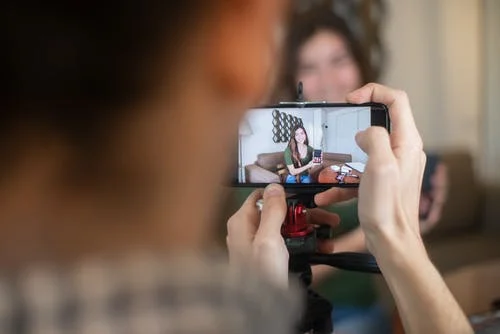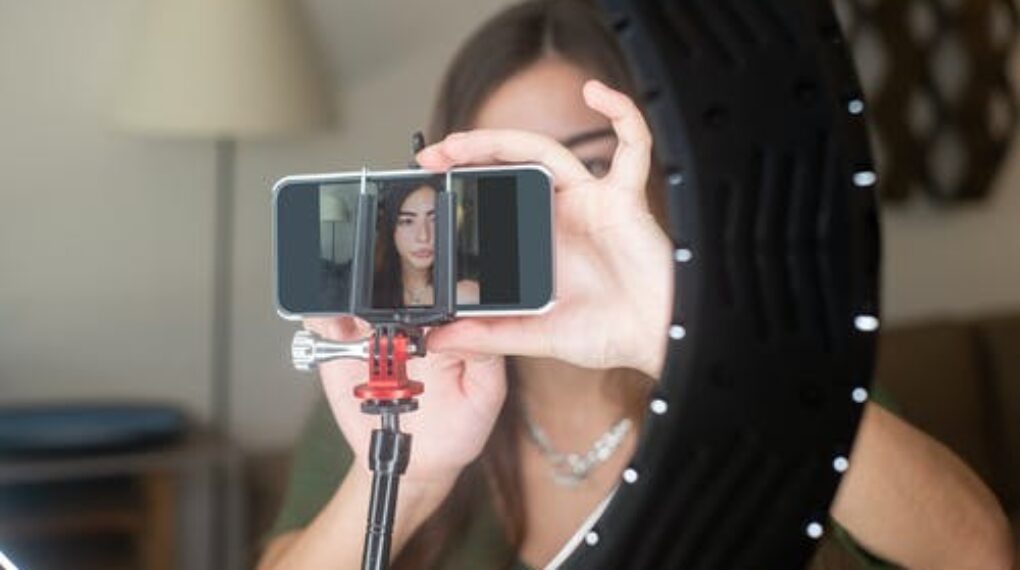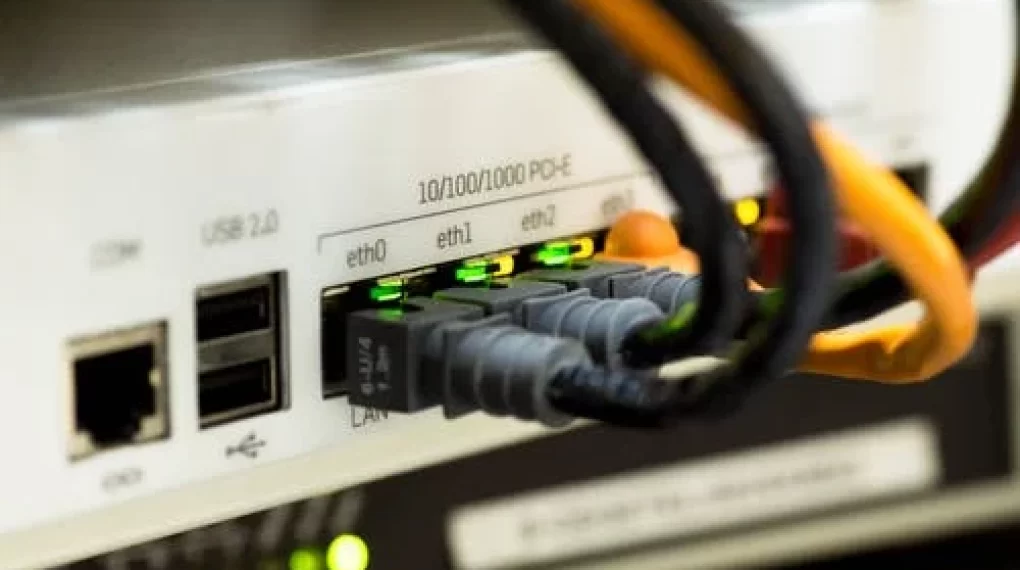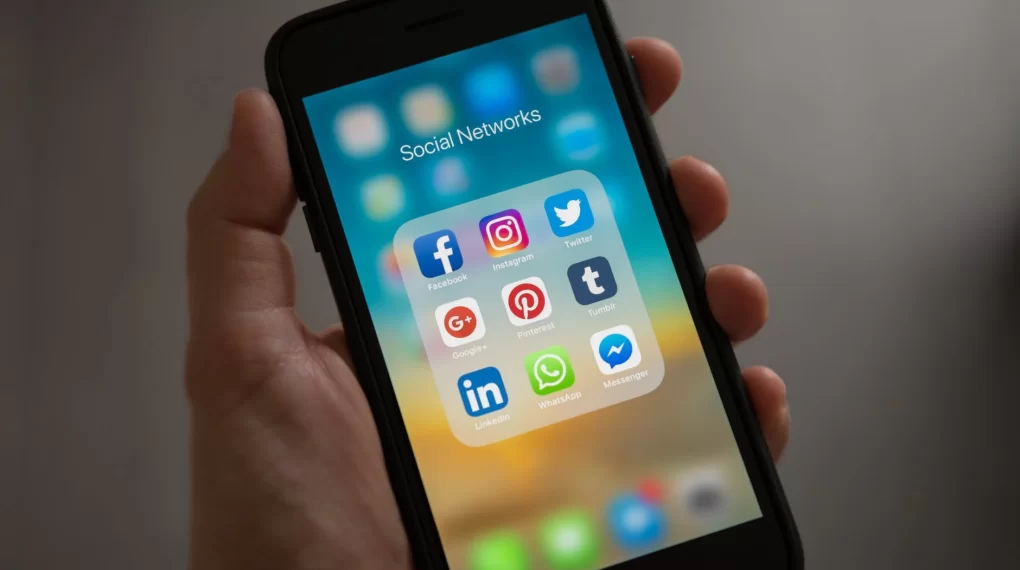
Today, most people would prefer watching a video to reading content. It is even somehow boring to read through the many paragraphs in an article. And that makes sense because we are in a society of live video streamers such as Twitch, Facebook, YouTube, and more. And the best thing, you can buy streaming services such as Twitch followers.
Nonetheless, you may not be sure how to run a live stream via social media. Fear no more; in this article, we have highlighted the tips for live streaming.
Let’s get started:
How does Live Streaming Work?
This is the process of broadcasting your events to an audience online. It can be a digital alternative to selling tickets for an in-person event. But the good thing about the live stream event is that you can reach more people.
Most brands will consider live streaming for various reasons – including engaging with the customer base. And the good thing, you will allow viewers to put their face to your brand’s name in real-time.
In addition, live streaming will also be used for various types of events – such as economy briefings, cooking demos, runway shows, chefs, and more.
Tips for Live Streaming
If you are ready to live stream, these are tips to consider:
1. Plan Like an Event
When starting a live streaming event, think of it as a popular show. The guests, lighting, sets, and schedules should make the stream like a show, well-planned in advance.
However, you may want to have the same thought or due diligence in your live stream. And while planning, you need to have your goals to make plans successful.
i. Who
You need to know your target audience to determine some pieces in the planning process. And when it includes an international audience, you may factor in the date and time to stream. Consider the time zones and holidays.
ii. What
The other thing to consider is the category of your live stream is to create the title. When you don’t find some examples that fit your business, you can research various ideas on how to use live videos.
iii. Where
The other thing worth considering is where to host your live stream. Many platforms support the activity, but they are not made equal.
Nevertheless, different audiences will use different channels, and you need to get one that can draw the crowd.
Lastly, select the location which you want to broadcast. Most viewers will not tolerate bad streams. Ensure you have a conducive setting to have a positive viewing experience.
When you think about these contingencies, you have to pick an insulation streaming venue.
2. Pick a Platform

The platform you choose will depend on your goals in mind. Different live stream platforms will help you achieve different things.
- Twitch
Twitch is a great platform to use for streaming. The good thing about this platform is that it is easy to use, and you can buy services like Twitch followers.
- YouTube Live
When you choose YouTube live stream events, you should have two goals: attendees and registrants. If you want to boost your revenue, this could be the best platform you can use.
The other platform making headlines today is Facebook. It is a reliable platform for streaming and can help your business stand out. The good thing, this platform now produces more interactions than the traditional videos.
- Twitter Live
The impressive thing about this platform is that you will easily share and promote your content. You don’t need a large audience, but hot topics will spread quickly.
- TikTok
Since it was launched, the platform has had a major buzz. It is the newest and biggest player for short-form videos. However, the platform is trending for a younger audience aged 16-24. Most brands are now into this platform, retaining number four in most downloaded apps.
3. Pick Your Equipment
Once you have decided on the platform to use, pick up the hardware. However, some hardware are fairly intuitive. A camera can be pretty standard for use.
You can opt to use your phone, but with a tripod. It is essential in giving you a professional look. Moreover, choose your equipment depending on the quality of sound and video you want. The camera may have a microphone. When you find it prone to noise, you may need body mics.
4. Promote Your Live Stream
Now that you have finished significant planning and setup, it is time to promote your live stream. A landing page is an excellent way of getting enrollment on different platforms.
You need to use social media platforms for promoting live streams. Even when using YouTube, you can link your social accounts to help you push content via multiple places.
5. Do a dry run
The other thing is to do a dress rehearsal. In a live stream, you should ensure you will not experience technical problems. You will have a big problem after your equipment stops working or are verbally unprepared.
6. Prepare Your Guest Speakers
You have to prepare your guest in advance. Nothing is worse than dumbfounded silence. So, as part of the dry run, prepare your guests in advance for questions they will be asked. Again, avoid over-rehearse, although you must ensure you don’t catch them off-guard.
7. Test Internet Connection & Audio
Perhaps you want the audience to talk about your event while streaming online. Unfortunately, they may say they don’t hear you.
You have to prepare in advance for your audio and internet connection. Ensure they are working correctly. And having an extra microphone and backup power will not hurt you.
In addition, ensure your network is capable of handling live streams. For example, when streaming high-quality video, prepare yourself with a 3G/4G wireless connection.
8. Set Up Your Social Media Monitoring
The excellent thing with live streaming is your audience can join the conversation and even comment in real-time.
You should have a plan on how to engage your audience. This will make it easier for you to encourage participation.
Conclusion
When you end your live stream, follow up with your attendees. Thank them for their time and give them a report on your next event. If you have followed the steps above, you will do a great job with live streaming.
Read Also:









